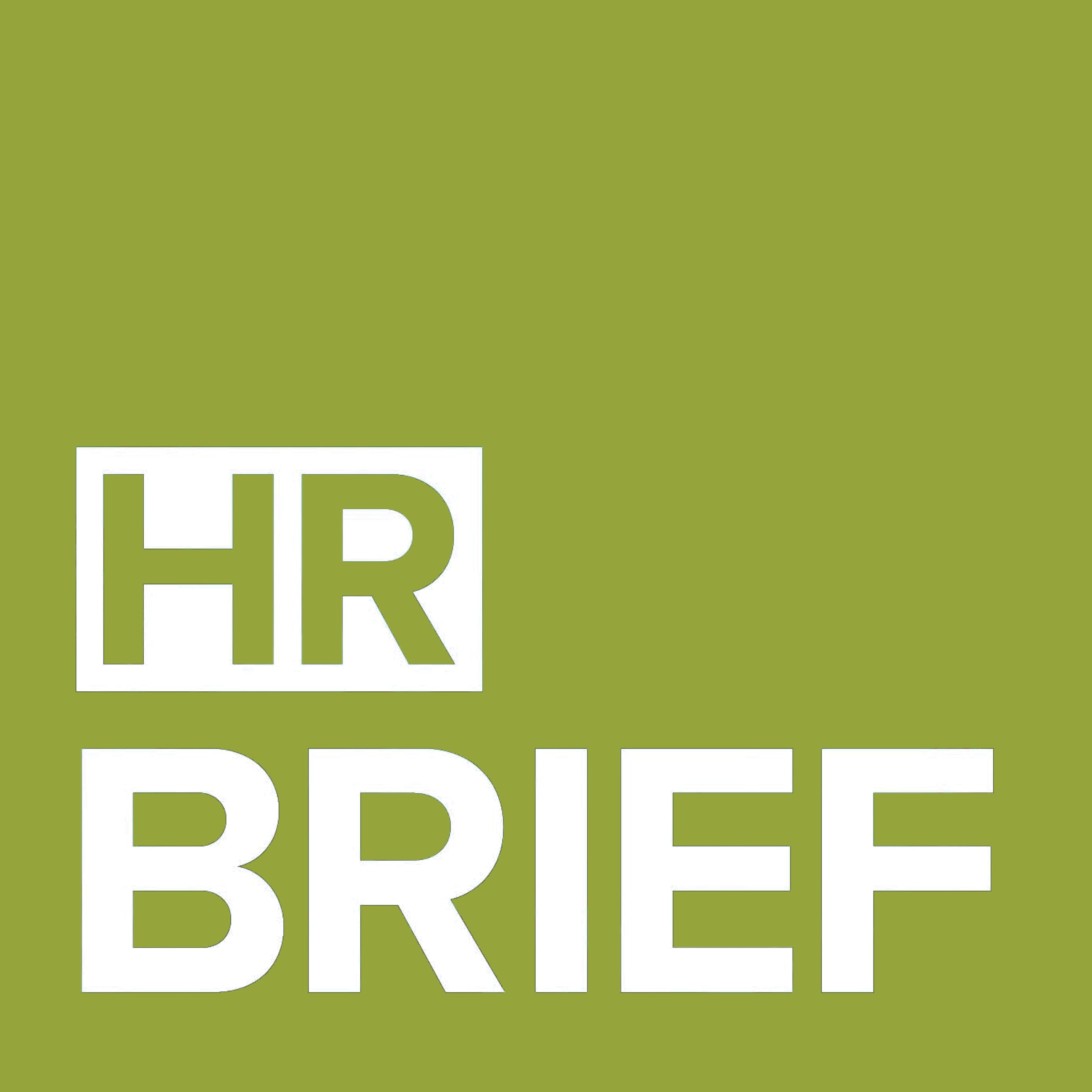
OSHA Issues Prevention Guidance on COVID-19 in the Workplace
Recently, the Occupational Safety and Health Administration (OSHA) issued guidance on mitigating and preventing the spread of COVID-19 in the workplace. The guidance is intended to inform employers and workers in settings outside of health care of the risks of being exposed to or contracting COVID-19 at work. This guidance is meant to help employers and workers determine appropriate COVID-19 control measures for the workplace.
Guidance Purpose
OSHA released this guidance to help employers plan their COVID-19 prevention and mitigation procedures. With this guidance, OSHA is suggesting that employers should implement COVID-19 prevention programs. According to OSHA, the most effective programs engage workers and their union or representatives in the program’s development. The guidance covers the following:
- Hazard assessments;
- Measures to limit the spread of COVID-19 (roles of employers and workers and training on COVID-19);
- Isolation or separation measures of infected workers from the workplace (physical distancing, installing barriers or staying home);
- Use of personal protective equipment; and
- Improvements in ventilation, hygiene and sanitation measures.
OSHA will continue to update the guidance over time as new developments arise. OSHA intends to include additional situation- and industry-specific guidance in the future.
Employer Takeaway
Employers should review this new guidance carefully and implement any new recommendations as applicable. In addition, employers should continue to monitor the OSHA website for any changes in COVID-19 best practices and standards.
3 Recruiting Trends to Watch in 2021
Recruiting has never been simple, and the COVID-19 pandemic is complicating matters even more. In this rapidly changing landscape, employers need to adapt if they want to attract and retain quality talent.
To better prepare for this rapidly changing landscape, the following are some recruiting practice trends employers should monitor in 2021.
1. Looking Inward for Talent
Internal mobility has increased year-over-year, and is a trend that many employers are taking advantage of. And that’s not a huge surprise, given that upskilling and retraining workers can often be more cost-efficient than hiring from outside an organization. Employers can expect more recruiters to focus on transferrable skills over task-specific abilities in 2021.
2. Leveraging Technology
Even as workplaces reopen, a significant portion will retain remote employees. Often, recruiters will likely be among them. Virtual communications are commonplace and easily accessible, and employers should expect virtual recruiting to continue in some form. As such, they should consider adopting technology that can help expand their efforts.
3. Leading by Example
Many businesses are discussing how they support their workers and communities, particularly during the COVID-19 pandemic. This helps organizations control how candidates view them, which can affect recruiting efforts. The trend ramped up last year and will likely continue in 2021. Employers can expect more candidates to look for empathy and clearly defined virtues from their potential workplaces.
Steps for Employers
Consider how these recruiting trends might impact your workplace and recruiting strategies.
Contact Seubert & Associates, Inc. today for more recruiting resources.

Lawsuit Prevention Strategies for Businesses
Businesses face lawsuits that can drain resources and harm reputations. Leaders should reduce risks and

IRS Releases Employee Benefit Plan Limits for 2025
Employee benefits often come with annual dollar limits that are adjusted for inflation each year,

Wrapping Up 2024: Our Top Blog Posts of the Year
As 2024 ends, we’re highlighting the year’s top blog posts on renewal strategies, construction risks,
